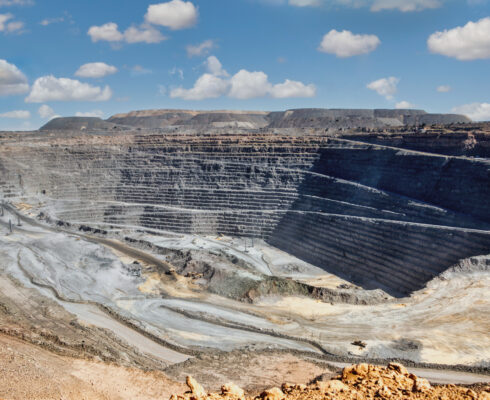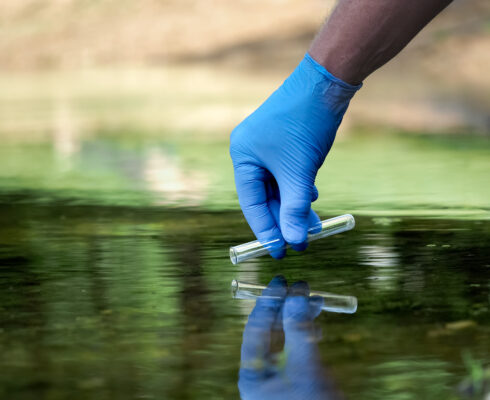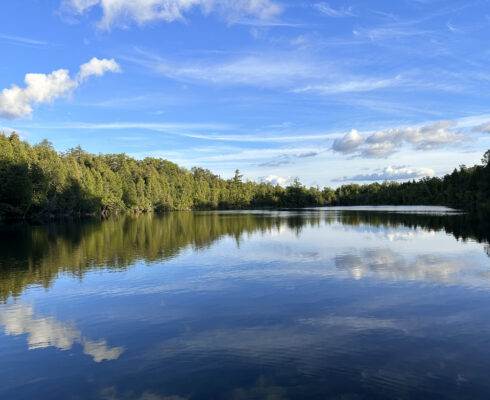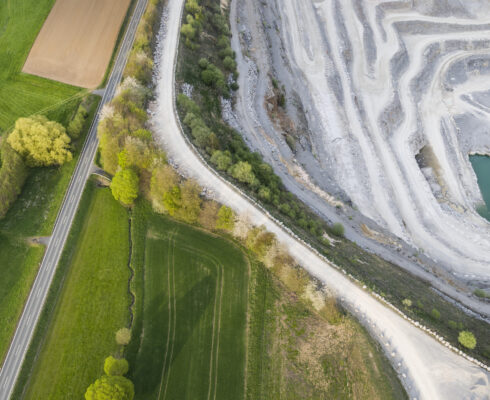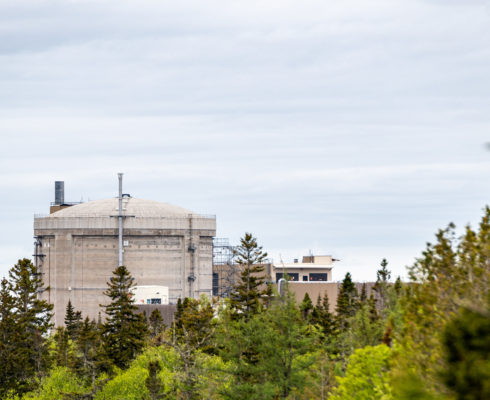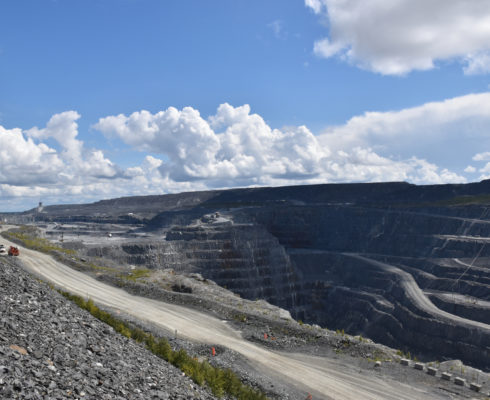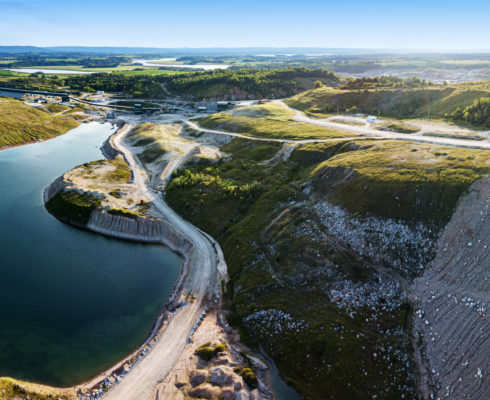A landmark project
Ecometrix’s involvement in the Marathon Palladium Project started in 2008, working with the client to advance design, environmental, and engagement work to the point that all environmental assessment documentation was submitted.
In 2012, with documentation submitted and dates for public hearings set, the proponent stopped the environmental assessment process, putting it on hiatus until 2020 when a new proponent took over.
After additional work, reporting and review, and the active participation of Biigtigong Nishnaabeg and other Indigenous partners, the public hearing process started in March 2022. In November 2022, the environmental assessment for the project was approved with conditions.
The review panel process brought all interested parties together to review project information and ask questions of the proponent and of government on all facets of the project. The Ecometrix team was an integral part of the review panel process with several Ecometrix staff representing the proponent on various aspects of the environmental assessment.
The landmark project was the first greenfield mining development to undergo a joint provincial-federal environmental assessment through an independent review panel in Ontario. As such, the project was afforded a high level of scrutiny and review from government, Indigenous communities, and other interested parties from the beginning. Tens of thousands of pages of documentation were submitted for public consumption and comment.
It’s a good project, a critical mineral, and the area will benefit from much needed job opportunities.
Its completion will help improve economic prosperity of local communities and the Ontario region through the creation of jobs and provision of key minerals while protecting the environment.
“You can probably count on your hand the number of greenfield mines that have been approved in Ontario in the last 20 years,” says Brian Fraser, Principal, Senior Consultant at Ecometrix, who was the technical lead on the project.
“It was a long journey and nice to get to that end point with the project approved, and it’s meaningful for the local communities and the mining community in general. It’s a good project, a critical mineral, and the area will benefit from much needed job opportunities.”
A focus on water resources
With water quality management fundamental to the outcome of the environmental assessment process, and the mine situated close to both Lake Superior and the Biigtig Zibi (Pic River), Ecometrix played an integral role in leading the water quality-related technical disciplines.
“There was a great deal of scrutiny on the characterization of the geochemistry of mine wastes, the management of site contact waters, and the release of water from the site into the local receiving environment,” Brian says.
Plus, with the mine adjacent to the Biigtig Zibi, nine kilometres north of the Biigtigong Nishnaabeg community, it was of the upmost importance to protect water quality. “Water quality is always front and centre on mine projects and given the level of importance placed on water in the area, this was true for this project in particular.”
The Ecometrix team of geoscientists, geochemists, water quality specialists, modelers, fisheries scientists, and risk assessors collaborated to evaluate water quality from a holistic perspective, aided by propriety modeling software tools developed in-house: MineMod™ and IMPACT™.
 Lake Superior
Lake Superior
Protecting human health
Of course, this work and assessment extends beyond water to affect overall human health and ecological risks associated with the project. Ecometrix completed work on that too, ensuring the mine would operate in a way that was protective of the environment and human health.
“There was considerable interest and concern from Indigenous communities regarding the potential of the project to affect their use of the land. In particular, the harvesting of country foods in the area that support their way of life,” Brian continues.
A human health risk assessment was completed by the Ecometrix team to support the project approval. Senior scientists and risk assessors Don Hart and Janeen Tang worked in collaboration with the project team and local Indigenous partners to assess human health risks and develop a country food monitoring program to verify that the Marathon Palladium Project would not adversely affect human health.
The country food monitoring program was developed and implemented prior to the start of the project to characterize natural variability in concentrations of chemicals in country foods such as blueberries, fish, and grouse. As the project progresses, the quality of these country foods will be monitored over time at multiple locations near the project, near culturally important areas, and near the Biigtigong Nishnaabeg community.
Monitoring locations and country foods were selected based on country food diet survey results and environmental committee meetings with the local communities. “The country food monitoring program will allow us to investigate spatial and temporal trends of chemicals in the environment that could provide an early indication of potential project effects on local country foods,” says Don Hart, who presented the human health risk assessment and country food monitoring program at the public hearing. “Any upward trends will trigger further investigation to ensure protection of the natural resources relied upon by local Indigenous communities for their way of life.”
The country food monitoring program will allow us to investigate spatial and temporal trends of chemicals in the environment that could provide an early indication of potential project effects on local country foods.
More than an Ecometrix success story
As a former mill town with historic ties to the pulp and paper industry, Marathon has witnessed changes in the region and its workforce. The project represents significant economic opportunities and will help improve the economic prosperity of local communities and the region. The project is expected to create between 430 and 550 full-time jobs for the local workforce during the construction phase and 430 jobs during its operation.
The project site is located within the asserted Exclusive Aboriginal title territory of Biigtigong Nishnaabeg. The project will provide significant employment and business development opportunities to Indigenous communities.
Over the course of this project, several Ecometrix team members have applied their expertise to get the Marathon Palladium Project to where it’s at now, working with Indigenous communities, as well as provincial and federal departments. That’s set to continue as the project moves into its next steps.
See our other success stories
To hear more about Ecometrix success stories and the team members involved in the project, check out our Knowledge Hub or sign up to our Insights newsletter to get them direct to your inbox.




